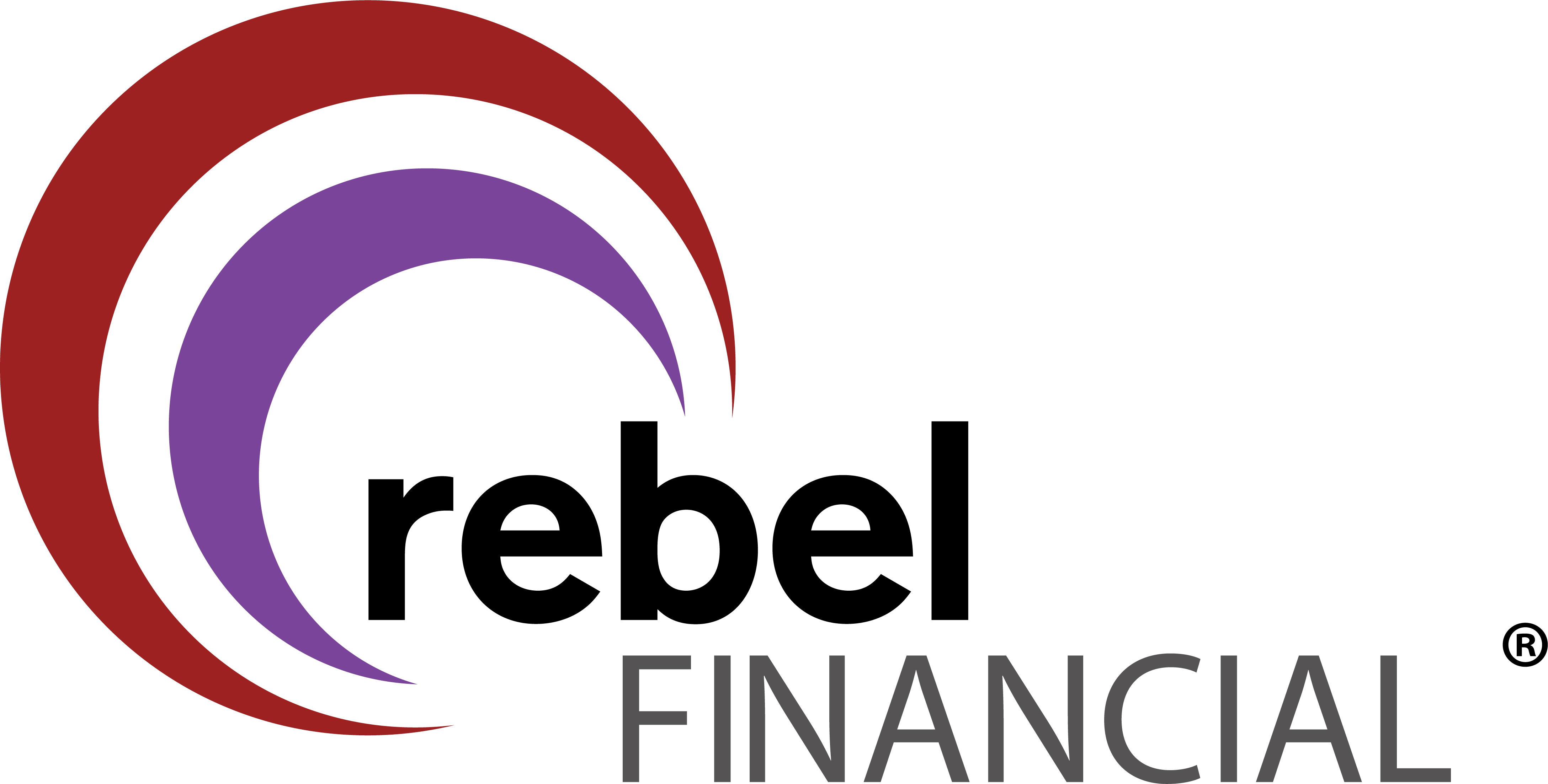[vc_row][vc_column][vc_single_image image=”35358″ img_size=”1500×700″ alignment=”center”][vc_empty_space height=”32″][vc_column_text]If you are a small business owner or planning to become one, retirement planning for both you and your employees should be a big consideration. [/vc_column_text][vc_empty_space height=”20″][vc_column_text]Small business owners are not required to offer retirement services to employees. According to data collected by SCORE in 2019, companies with ten or less employees are the least likely to offer retirement plans to their employees compared to larger businesses. Additionally, only about half of businesses with 10-50 employees offer retirement plans, with the biggest reason being cost to establish or administer a plan. Even 22% said they hadn’t even considered providing this benefit. [/vc_column_text][vc_empty_space height=”20″][vc_column_text]However, just because you are not required to offer retirement plans as a small business owner doesn’t mean you shouldn’t. The same study by SCORE revealed that offering employees retirement plans helps with recruitment and retention of the best-qualified employee candidates. And, it’s not nearly as expensive as most people think, meaning that (in most cases), the benefits far outweigh the costs. [/vc_column_text][vc_empty_space height=”20″][vc_custom_heading text=”Cost is King” font_container=”tag:h2|font_size:24|text_align:left|color:%237a449a” google_fonts=”font_family:roboto-regular%3Aregular”][vc_column_text]
…but if you want to save for yourself you have to help your employees save, too
[/vc_column_text][vc_empty_space height=”10″][vc_empty_space height=”10″][vc_column_text]Timothy Catanzano, AIF®, Director of Retirement Plans at Pegasus Financial Planning, specializes in business retirement planning, and he knows that cost is typically the number one concern for most business owners when it comes to choosing the right retirement plan. “Depending on the size of your organization, generally speaking, it’s going to come down to fees right away — cost — and what you can afford to do,” he says. [/vc_column_text][vc_empty_space height=”20″][vc_column_text]What many owners don’t realize is that if they want to put money away for themselves, they’re going to have to give a good chunk to their employees too. Catanzano iterates that this is where the expense comes into play.[/vc_column_text][vc_empty_space height=”20″][vc_column_text]Putting a plan in place isn’t as simple as deciding that you want to save for yourself and determining how much it will cost. “It’s not [just about] the cost of the overall program itself, like the recordkeeping expenses and the administrative costs of running a 401(k). There’s a lot that goes way beyond that,” he explains.[/vc_column_text][vc_empty_space height=”20″][vc_column_text]These costs will depend on the plan you chose, the utilization rates, and size of your business, among other things. Catanzano continues, “It may cost you, maybe 5% of your overall payroll, for example, that you’re going to have to give to your employees. But that’s for you to be able to put away as much as you possibly would like to.” [/vc_column_text][vc_empty_space height=”20″][vc_column_text]When choosing your plan, be sure that you’re getting the full scope of both the benefits and costs of each. “If the planner or advisor comes in and sells the plan and doesn’t design it effectively, it ends up underutilized and falling to the wayside, becoming a waste of money for the owner,” he cautions. Working with a good financial professional is important to discuss what your budget is, what the utilization rates of the plan are going to be, and what your ultimate goals are.[/vc_column_text][vc_empty_space height=”20″][vc_custom_heading text=”Incentives to offer retirement plans” font_container=”tag:h2|font_size:24|text_align:left|color:%237a449a” google_fonts=”font_family:roboto-regular%3Aregular”][vc_empty_space height=”10″][vc_column_text]Besides the incentives that offering retirement benefits have for your current and prospective employees, there are incentives for you as well. Yes, helping yourself save for retirement involves helping your employees save, but there are also tax benefits involved in offering retirement plans to your employees. [/vc_column_text][vc_empty_space height=”20″][vc_column_text]First, employer contributions to employee accounts are tax-deductible, which is an incentive offered by the government to encourage small businesses to provide retirement plans to their employees. There are also tax credits available that you may be eligible for. The Retirement Plans Startup Costs Tax Credit allows eligible employers to receive a credit of up to $5,000 for three years to cover the costs of starting a plan.[/vc_column_text][vc_empty_space height=”20″][vc_column_text]The money contributed to the retirement plan on behalf of the business is essentially “money you’re taking out of the government’s hands from taxing you,” Catanzano clarifies.[/vc_column_text][vc_empty_space height=”20″][vc_custom_heading text=”Choosing a plan” font_container=”tag:h2|font_size:24|text_align:left|color:%237a449a” google_fonts=”font_family:roboto-regular%3Aregular”][vc_empty_space height=”10″][vc_column_text]SEPs, SIMPLEs, 401(k)s…choosing a retirement plan that fits your business and what you’re trying to achieve depends on cost as well, among other things, and how much you’re looking to put away for your own retirement. Determining how much you would like to put away often dictates what’s the most suitable. Catanzano says, “Evaluating needs, how much you can afford, how much you want to save, and what’s the intent — it really comes down to specific business needs.” [/vc_column_text][vc_empty_space height=”20″][vc_custom_heading text=”SEP” font_container=”tag:h3|font_size:20|text_align:left” google_fonts=”font_family:roboto-regular%3Aregular”][vc_empty_space height=”10″][vc_column_text]With a simplified employee pension (SEP), you make contributions into the IRAs of individual employees. These often offer high flexibility and low administrative costs. SEPs typically work well for closely-held businesses with few to no employees. Employees have control over their accounts and investments, and, therefore, the plan is very easy to maintain.[/vc_column_text][vc_empty_space height=”20″][vc_column_text]In 2021, SEPs allow a maximum contribution of $58,000 or 25% of compensation, whichever is less.[/vc_column_text][vc_empty_space height=”20″][vc_custom_heading text=”SIMPLE IRA” font_container=”tag:h3|font_size:20|text_align:left” google_fonts=”font_family:roboto-regular%3Aregular”][vc_empty_space height=”10″][vc_column_text]Savings Incentive Match Plan for Employees (SIMPLE) IRAs offer lower maximum contributions than SEPs and 401(k)s. If you have little means to run a plan, but you want to be able to put away some for yourself as the business owner, a SIMPLE might make more sense for you, especially if you’re expecting minimal participation, Catanzano explains. [/vc_column_text][vc_empty_space height=”10″][vc_empty_space height=”10″][vc_column_text]“Usually with a SIMPLE, you don’t get a lot of participation from your employees,” he says. “So, the outlay from you as the employer is very minimal because you’re only matching 3%, or whatever it may be, and if you only have a handful of people contributing, that’s not a lot that you have to spend to run the plan.” With a SIMPLE, you’re required to either match employee contributions up to the first 3% of compensation, or contribute 2% of each eligible employee’s compensation.[/vc_column_text][vc_empty_space height=”10″][vc_column_text]While you can’t put as much into a SIMPLE compared to the other two plans mentioned, they are simple and inexpensive to set up and maintain. Because of this, however, investment selections are limited, unlike with 401(k)s, and employees must manage them on their own or hire an advisor.[/vc_column_text][vc_empty_space height=”20″][vc_custom_heading text=”401(k)” font_container=”tag:h3|font_size:20|text_align:left” google_fonts=”font_family:roboto-regular%3Aregular”][vc_empty_space height=”10″][vc_column_text]On the other hand, if you’re looking to put more away for yourself and you run a private for-profit organization, a 401(k) probably might make more sense. “There’s all sorts of features you have to look at, like profit sharing with a 401(k) plan and doing new comparability so that the owner gets more of the profit sharing contributions in their pocket,” Catanzano acknowledges.
401(k)s are typically the best plans for maximizing employer contributions. Employees primarily fund their 401(k)s, and you as the employer have the option to make additional contributions. They’re most efficient for medium-to-large businesses because of their higher administrative costs. [/vc_column_text][vc_empty_space height=”20″][vc_custom_heading text=”Working with a financial professional” font_container=”tag:h2|font_size:24|text_align:left|color:%237a449a” google_fonts=”font_family:roboto-regular%3Aregular”][vc_empty_space height=”10″][vc_column_text]There are many more retirement plan options in addition to the ones discussed in this article, although these are three of the most common. Working with a financial professional will allow you to talk through the needs of your business and your retirement goals to choose the best plan for you and your employees.[/vc_column_text][vc_empty_space height=”50″][/vc_column][/vc_row][vc_row][vc_column][vc_tta_accordion active_section=”0″ collapsible_all=”true”][vc_tta_section title=”Disclosures” tab_id=”1624393105063-f9edeb94-e810″][vc_column_text]rebel Financial is a registered investment adviser and the opinions expressed by Pegasus Financial Planning in this article are their own and do not reflect the opinions of rebel Financial. All statements and opinions expressed are based upon information considered reliable although it should not be relied upon as such. Any statements or opinions are subject to change without notice.
Information presented is for educational purposes only and does not intend to make an offer or solicitation for the sale or purchase of any specific securities, investments, or investment strategies. Investments involve risk and unless otherwise stated, are not guaranteed.
Information expressed does not take into account your specific situation or objectives, and is not intended as recommendations appropriate for any individual. Readers are encouraged to seek advice from a qualified tax, legal, or investment adviser to determine whether any information presented may be suitable for their specific situation. Past performance is not indicative of future performance.
For more information, visit our disclosures page.[/vc_column_text][/vc_tta_section][vc_tta_section title=”Related Articles You May Find Helpful” tab_id=”1624393105114-99636d12-546e”][vc_column_text]IRS: Publication 560
IRS: Publication 3998[/vc_column_text][/vc_tta_section][vc_tta_section title=”Sign Up for Our Newsletter” tab_id=”1624393263883-16478558-e041″][vc_column_text]Want to see what free financial resources that we have to offer? Sign up for our newsletter to receive regular updates and get exclusive access to our financial tools.[/vc_column_text][/vc_tta_section][/vc_tta_accordion][/vc_column][/vc_row]









